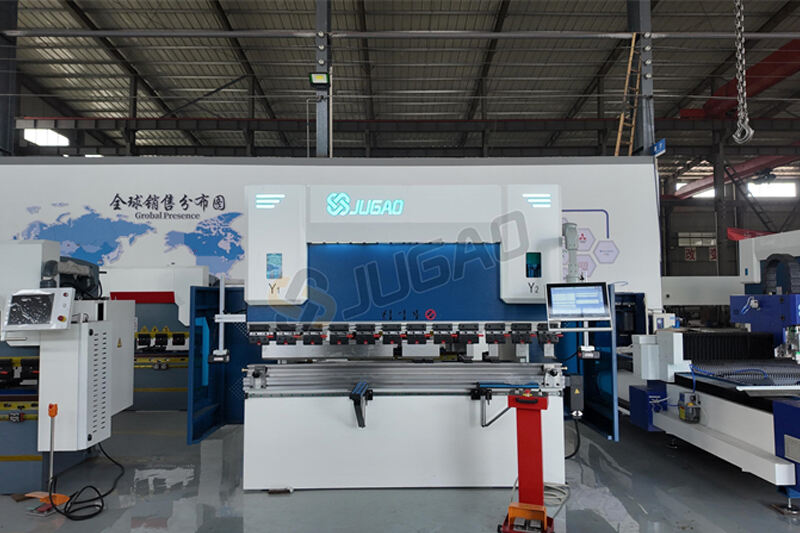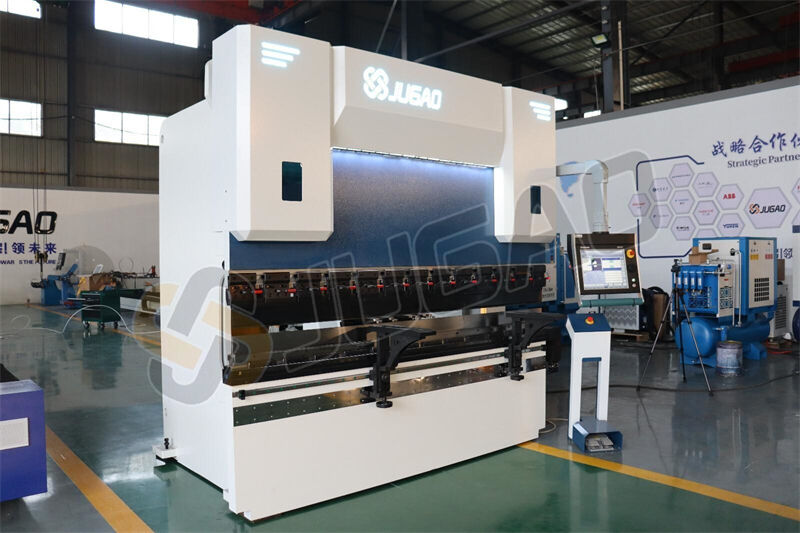Hydraulic Cylinder Seal Replacement Guide: Ensuring Optimal Performance of NC Press Brakes
The hydraulic cylinder seals in NC press brakes are critical components for
maintaining equipment performance. Over time, seals may wear due to pressure,
friction, and high temperatures, leading to hydraulic oil leaks or pressure
loss, which can affect bending accuracy and equipment lifespan. This guide
provides a detailed, step-by-step procedure for safe and efficient seal
replacement, along with maintenance recommendations to extend service life.

Step-by-Step Procedure
1. Safety Precautions
Power off the equipment and ensure the hydraulic system is fully depressurized.
Wear protective gloves and safety goggles to prevent oil contact with skin or eyes.
2. Tools and Spare Parts
Required tools: Wrenches, screwdrivers, seal pullers, hammers, etc.
Verify that replacement seals match the equipment specifications (OEM parts recommended).
3. Cylinder Disassembly
Remove protective covers or panels to expose the hydraulic cylinder.
Check for residual pressure before disconnecting hydraulic lines; use a pressure relief valve if necessary.
Loosen mounting bolts and carefully detach the cylinder (due to weight, a two-person operation is advised).
4. Seal Replacement
Removing Old Seals: Use specialized tools to gently extract seals, avoiding scratches on the cylinder bore.
Cleaning and Inspection: Wipe the cylinder bore with lint-free cloth and inspect for scoring or wear.
Installing New Seals: Lubricate seals with hydraulic oil, ensuring proper seating in grooves without twisting or folding.
5. Reassembly and Testing
Reassemble the cylinder in reverse order, tightening bolts to the specified torque.
Reconnect hydraulic lines, power on the system, and perform a test run to check for leaks or abnormal noise.
Routine Hydraulic Cylinder Maintenance
1. Regular Oil Level Checks: Low oil levels can cause cavitation or component wear.
2. Scheduled Hydraulic Oil Replacement: Change oil every 6–12 months (depending on usage) to prevent contaminant buildup.
3. Seal Condition Monitoring: Replace seals immediately if oil seepage or hardening is observed.
4. Cleanliness Maintenance: Wipe down the cylinder after operation to prevent metal debris ingress.
5. Correct Oil Specifications: Use only manufacturer-recommended hydraulic oil to avoid compatibility issues.



















































